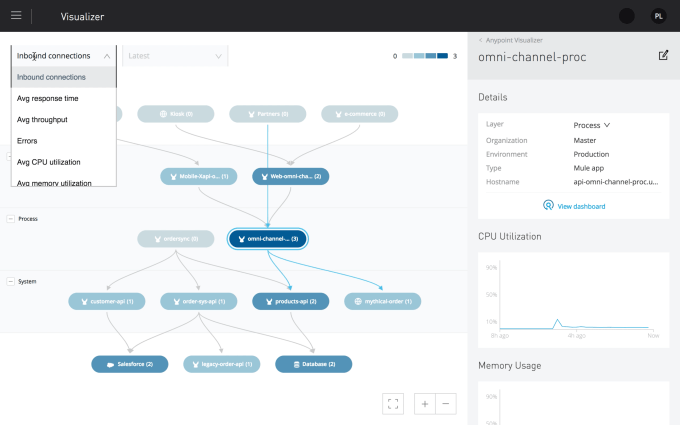Alexa skill developers will now be able to sell “consumables” within their voice apps, aka Alexa skills, Amazon announced this morning. The company says that, starting today, developers in the U.S. will be able to take advantage of this new feature to sell products to Alexa devices owners which can be purchased, used, then purchased again – for example, a pack of “hints” for a voice game, or extra points that allow a game to continue.
The addition is really more of an expansion of existing in-app purchase capabilities for Alexa skills, which first debuted last November before rolling out more broadly this May. Amazon also allows developers to make money in skills through paid subscriptions, and provides direct payouts to developers through its Developer Rewards program.
These incentives along with Alexa’s head start in the in-home voice computing market has allowed the platform to grow to over 50,000 skills.
Unlike traditional in-app purchases, however, consumables are something regular skill users would continue to buy over and over, without having to commit to a subscription.
A few top developers have already adopted the feature, Amazon says.
These include: Would You Rather for Family, which lets you purchase a 7-day pass to the Premium (paid) version in order to test it out; Volley’s Yes Sire, which lets you keep the medieval role-play game going with points when you would have otherwise had to stop playing; and Hypno Therapist from Innomore, which lets you buy a bundle of 10 hypnotherapy sessions from a catalog of 70+ therapies. When these are used up, you have to buy another bundle to continue reaching your other health-related goals.
Amazon notes that Sony Pictures Television will also soon launch a Who Wants to Be a Millionaire skill, which will let you buy one-time-use lifelines when you get stuck on a question.
Developers are able to implement consumables in a similar fashion as they add one-time purchases and subscriptions – through the Alexa Skills Kit (ASK) Command-Line Interface (CLI). Amazon also built a sample app, Name The Show, to demonstrate how to get started.
Additionally, Amazon says developers can turn to third-party tools like Storyline and Voice Apps to create skills using a more visual approach.
Consumables are currently available in the U.S. Amazon didn’t provide a timeline to an international launch.






